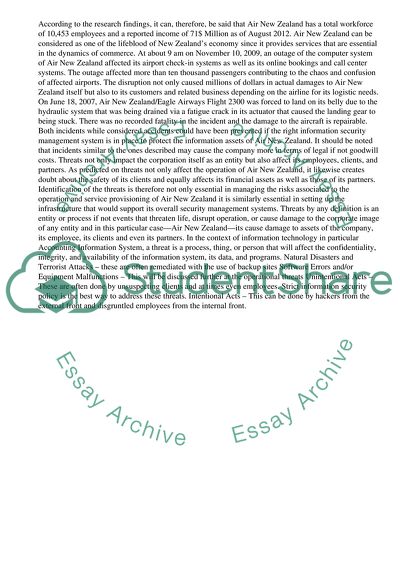Cite this document
(“Accounting Information Systems of Air New Zealand Assignment”, n.d.)
Accounting Information Systems of Air New Zealand Assignment. Retrieved from https://studentshare.org/management/1401594-accounting-information-system
Accounting Information Systems of Air New Zealand Assignment. Retrieved from https://studentshare.org/management/1401594-accounting-information-system
(Accounting Information Systems of Air New Zealand Assignment)
Accounting Information Systems of Air New Zealand Assignment. https://studentshare.org/management/1401594-accounting-information-system.
Accounting Information Systems of Air New Zealand Assignment. https://studentshare.org/management/1401594-accounting-information-system.
“Accounting Information Systems of Air New Zealand Assignment”, n.d. https://studentshare.org/management/1401594-accounting-information-system.


